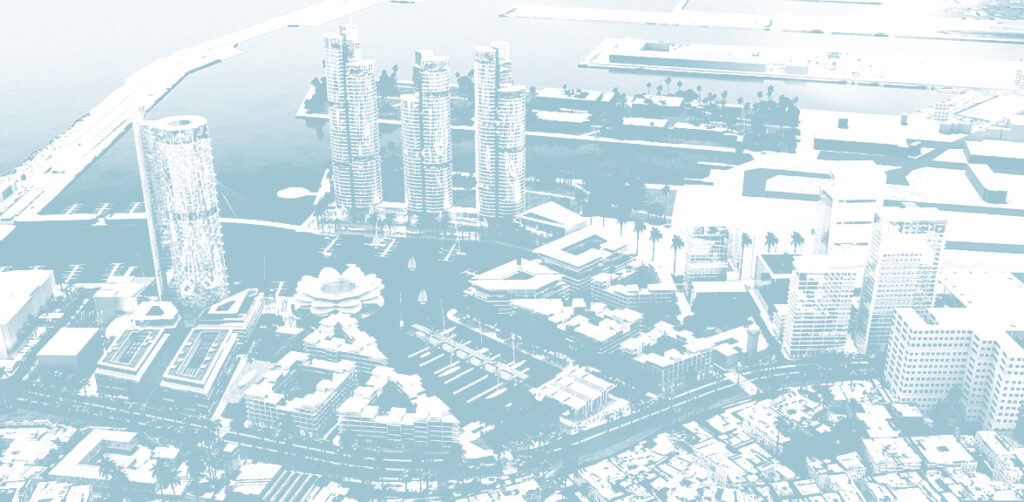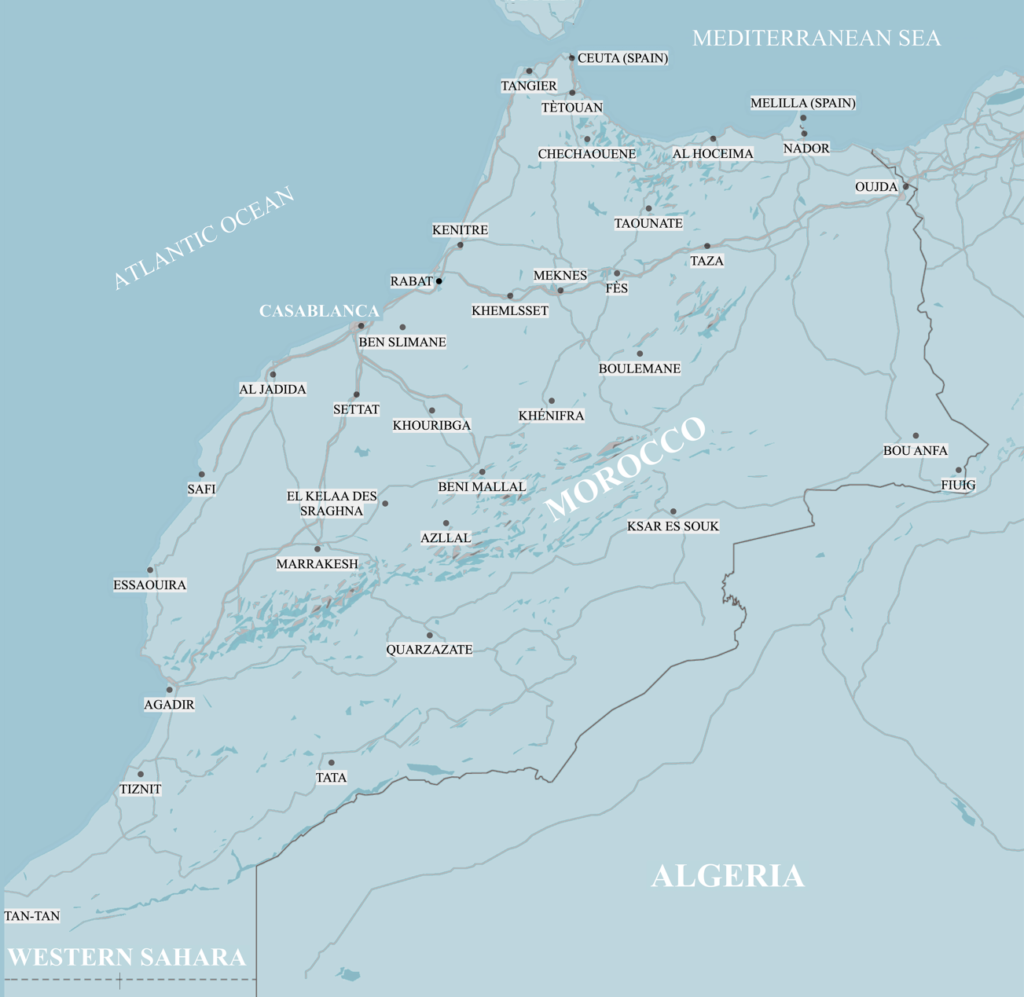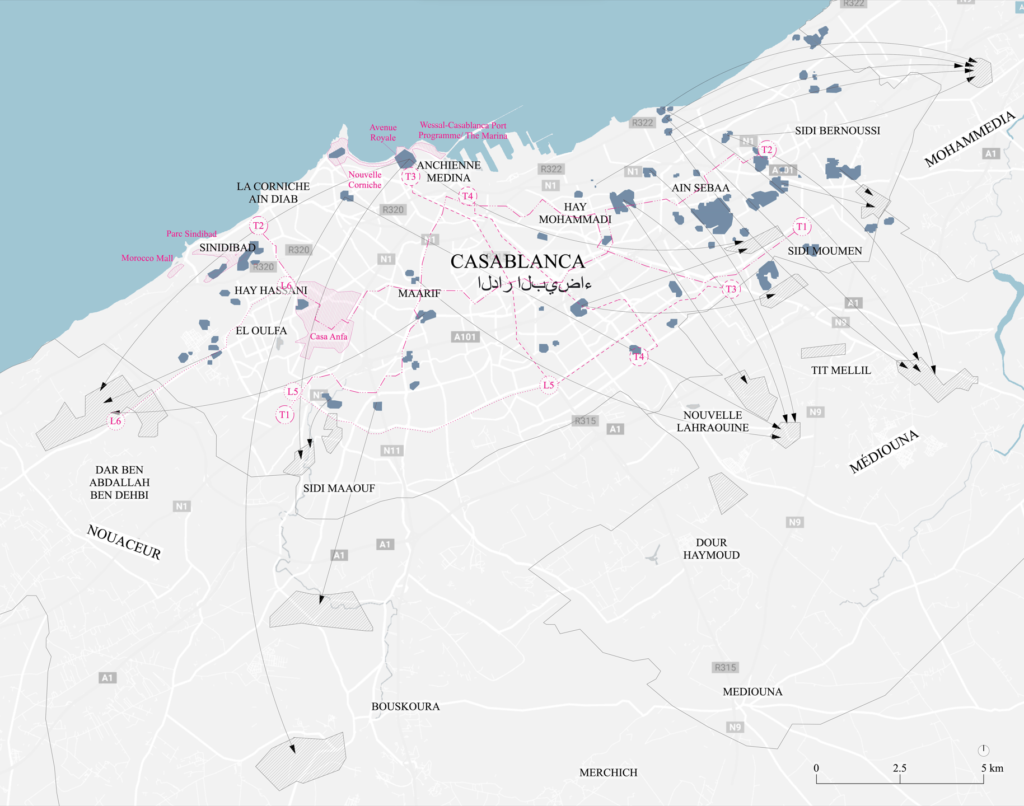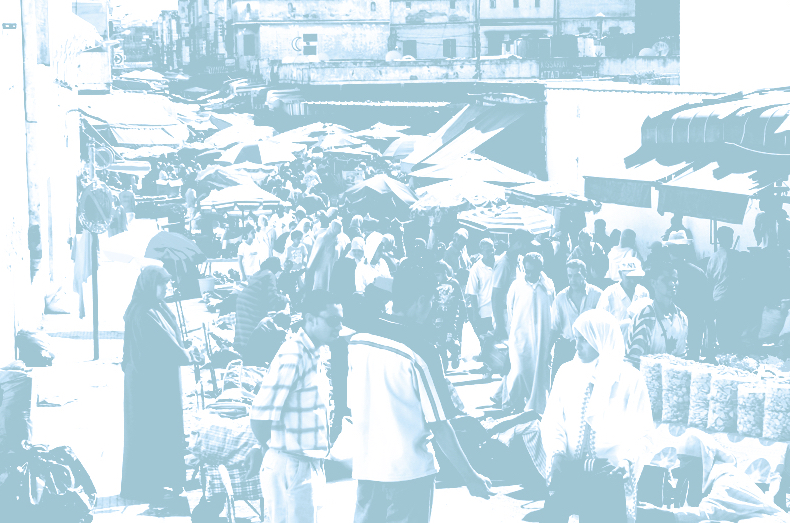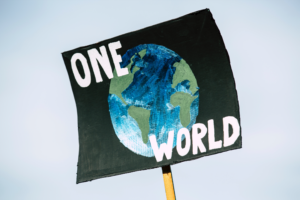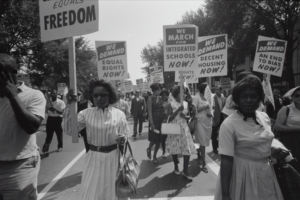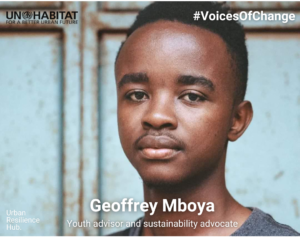Megaprojects are one way for cities to strive for international recognition and to create a unique identity. The global pressure to transform cities is driven by environmental, economic, and political ambitions and imperatives. In such circumstances, policymaking can shift from multi-stakeholder and integrative planning towards project-based, top-down implementation.
Casablanca finds itself between booming real estate markets, place-branding, economic competition, and issues of informality and slums. Both urban challenges pressure the political agenda severely: First, to enhance international competitiveness, the city implements various construction megaprojects aiming at urban renewal. Following this modernist vision, slums, and informal settlements do not fit the image of modern cities and mark the second challenge: megaprojects such as slum eradication, informal settlement clearance, and relocation of former dwellers. The government of Morocco launched country-wide strategies, such as the Villes sans Bidonvilles Program (VSBP, Cities without Slums Program), and various other ambitious infrastructure projects such as the Wessal Casablanca-Port Program, new tramlines, and the development of the Great Avenue in order to shape the future of Casablanca. With such an ambitious regeneration agenda, how can governmental-based urban upgrading programs be developed according to local needs? And to what extent?
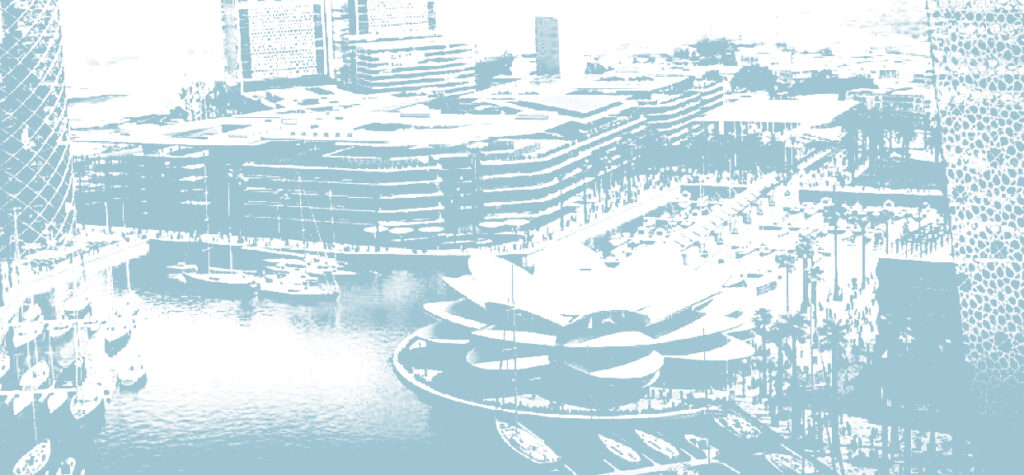 Wessal Casablanca-Port Program: culture and leisure hub, F. L. Kunschert, 2023, based on aivp, 2021, (Sanchez J., Barrakad I., 2021)
Wessal Casablanca-Port Program: culture and leisure hub, F. L. Kunschert, 2023, based on aivp, 2021, (Sanchez J., Barrakad I., 2021)
“There were some people crying because they did not get a notification that they had to leave” – Salima
Experiences and expectations of former shanty town residents are diverse and depend on people’s own biographies and degree of local rootedness. Some shanty town dwellers have a positive attitude towards resettlement practices since they know their informal occupation and hope for inclusion within the formal, legal housing market.
Nevertheless, new land parcels are located on the outskirts of the city with only limited connectivity to the center. Huge apartment buildings surrounded by empty fields create a sense of isolation and a feeling of a lost society. As part of a recent thesis study, interviewees recalled fondly how the local population used to shape the neighborhood, transform it, change areas, and truly live in the spaces. In contrast, the VSBP limits resettlement to physical housing units according to minimum requirements.
“What they [authorities] target is not only a city without shantytowns, but a city without shantytown dwellers” – Rachid
Wessal Casablanca-Port Program: new fishing port and cruise terminal, F. L. Kunschert, 2023, based on aivp, 2021, (Sanchez J., Barrakad I., 2021)
Measures such as the tramway megaproject for instance required to be formalized structure around the market areas, moving informal street vendors out and replacing them with ‘renovated and newly built market halls’. Such measures erase the historical and vibrant city image to advance a vision of modernization. Many megaprojects do not include communities and social groups in the planning, and the urban society becomes scattered. This can be seen in Wessal Casablanca-Port Programme: The traditional Old Medina with its narrow streets, small shops, and stone architecture is going to be hidden behind a new modernized city skyline made from concrete and glass. Supporters highlight that such flagship projects are tools that generate powerful socio-economic benefits for the local population. However, some citizens argue that the actual underlying objective is the promotion of economic wealth at their expense.
R. Beier, C. Strava: Infrastructure to hide “places of rural backwardness” in front of the modern city rather than to “fight against shantytowns”.
Megaprojects in Casablanca (VSBP and large-scale infrastructure), F. L. Kunschert, 2023, based on (Beier, 2020a, p. 28, 2020b, p. 1833; Beier R., personal communication, April 6, 2023)
One major critique of these projects is the lack of transparency in megaproject operations. Residents trust authorities, who stress the role of citizen participation and commit to ‘invest in a fully serviced, and well-connected new town’. However, soon after resettlement under the VSBP, many residents were disappointed and felt that their needs were not taken into account, resulting in feelings of resentment.
“It is only the external image after the attacks in 2003 that motivated the state to intervene in the shanty towns… In fact, the responsible persons do not care at all about citizens’ wellbeing!” – Rachid
The feeling among some opponents to these mega projects is that the aim is to commercialize valuable land and boost worldwide position over preserving the culture and livelihoods of residents in Casablanca. As decision-making is concentrated at the national level, limited space is available for local authorities and targeted communities to co-design or make proposals.
Some residents of shanty towns are indeed in favor of being relocated, thus will provide available space for the restoration and improvements of former slums. At the same time, their personal feelings of home and deeply rooted community ties can be maintained. Regularizing informal settlements, providing legal titles, and recognizing impartial work as an economic driver as all measures that can support an inclusive approach to development. Where resettlement is the only option, the housing location is crucial for a resilient approach and projects must be in line with dwellers’ diverse, social, cultural, and economic perceptions. From the beginning, inclusion, and participation in any urban megaproject are essential, this includes main actors of informal settlements such as religious and community leaders who can build the bridge between authorities and the shanty town community itself.
Informal street vendors in Morocco, F. L. Kunschert, 2023, based on (Hassan Benmehdi: http://riadzany.blogspot.com/2011/07/moroccos-increase-in-street-vendors.html)
Improving the living and environmental conditions of communities while supporting equal access to economic opportunities, and fostering social inclusion and participation throughout the entire planning process, are of prime importance. Through a holistic understanding of these interactions, governmental urban transformation plans can succeed in Casablanca and in other cities.

